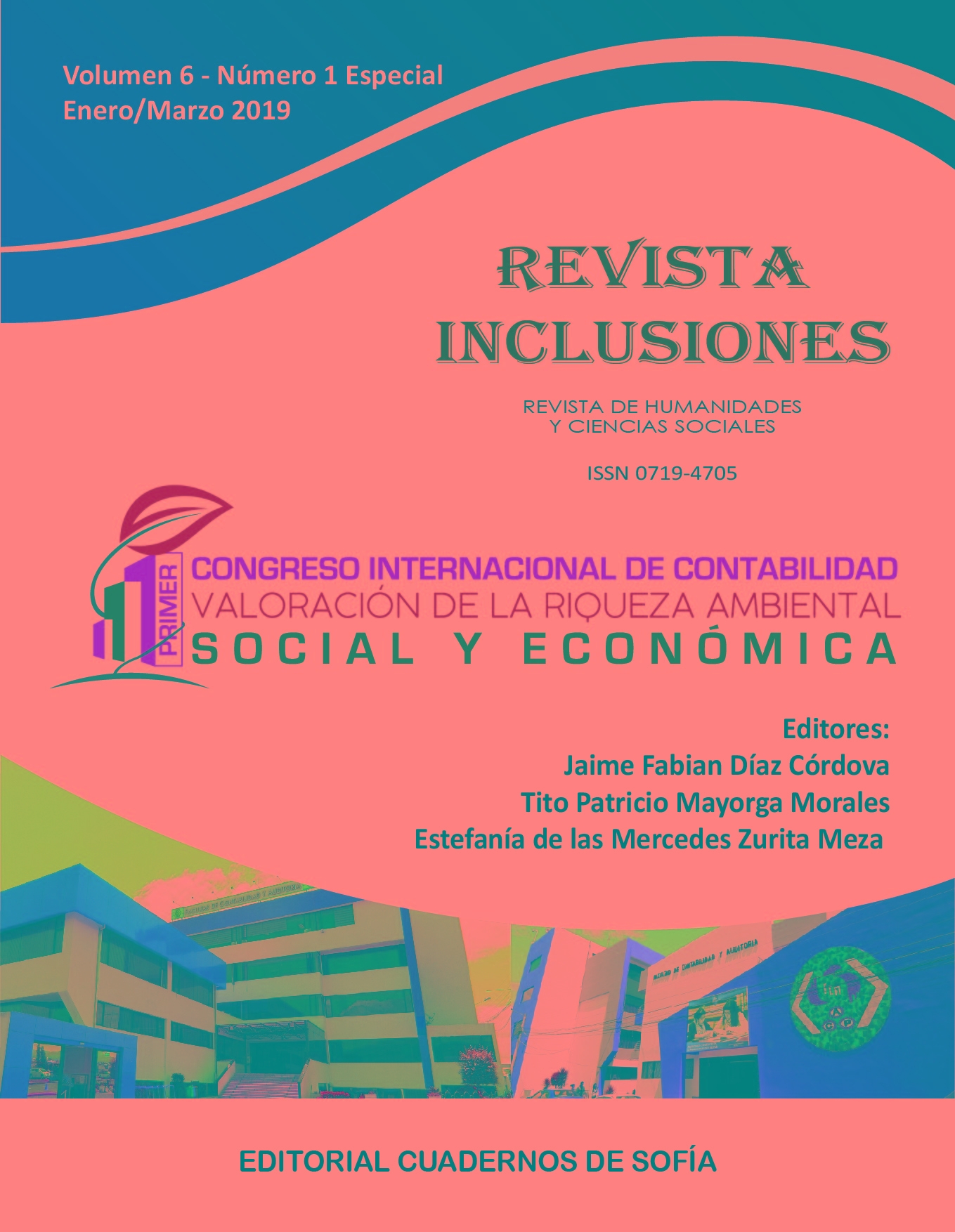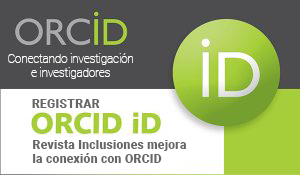SOCIAL RESPONSIBILITY MODEL FOR THE TANNERY SECTOR OF AMBATO, ECUADOR
Keywords:
Market structure, Social responsibility, Economic measurement, Economic concentration, Industrial sector, Size of enterpriseAbstract
Corporate Social Responsibility (CSR) is considered one of the most prominent issues in large economies, however from a microeconomic perspective, the analysis of the company can be linked to different market factors. The objective of this study is to analyze the existing relationship between CSR and the market structure of firms in the tannery sector of the Ambato canton. To carry out this work, it was first necessary to measure the level of CSR of the companies in the sector from the three dimensions (Economic, Environmental and Social), while to establish the type of market and its level of concentration the index of Herfindahl-Hirschman (IHH). Finally, two econometric estimations were made, a lin-log model that associated the study variables, and another model that used demographic variables such as size and age of the company. The investigation concluded that most of the companies dedicated to the tanning activity have good CSR practices, however those that do not have it if they comply with the laws and obligations imposed on them by the regulatory entities, likewise it was evidenced that the tanner sector is highly concentrated, and with respect to the econometric estimation, it was observed that both models are significant to explain the level of CSR of a sector, so that greater market participation, size and age greater implementation of CSR in their business strategies.
Published
How to Cite
Issue
Section
Los autores retienen los derechos de autor y otorgan a Revista Inclusiones el derecho de publicación bajo Creative Commons Attribution 4.0 International (CC BY 4.0). Esto permite el uso, distribución y reproducción en cualquier medio, siempre que se otorgue la debida atribución al autor.











